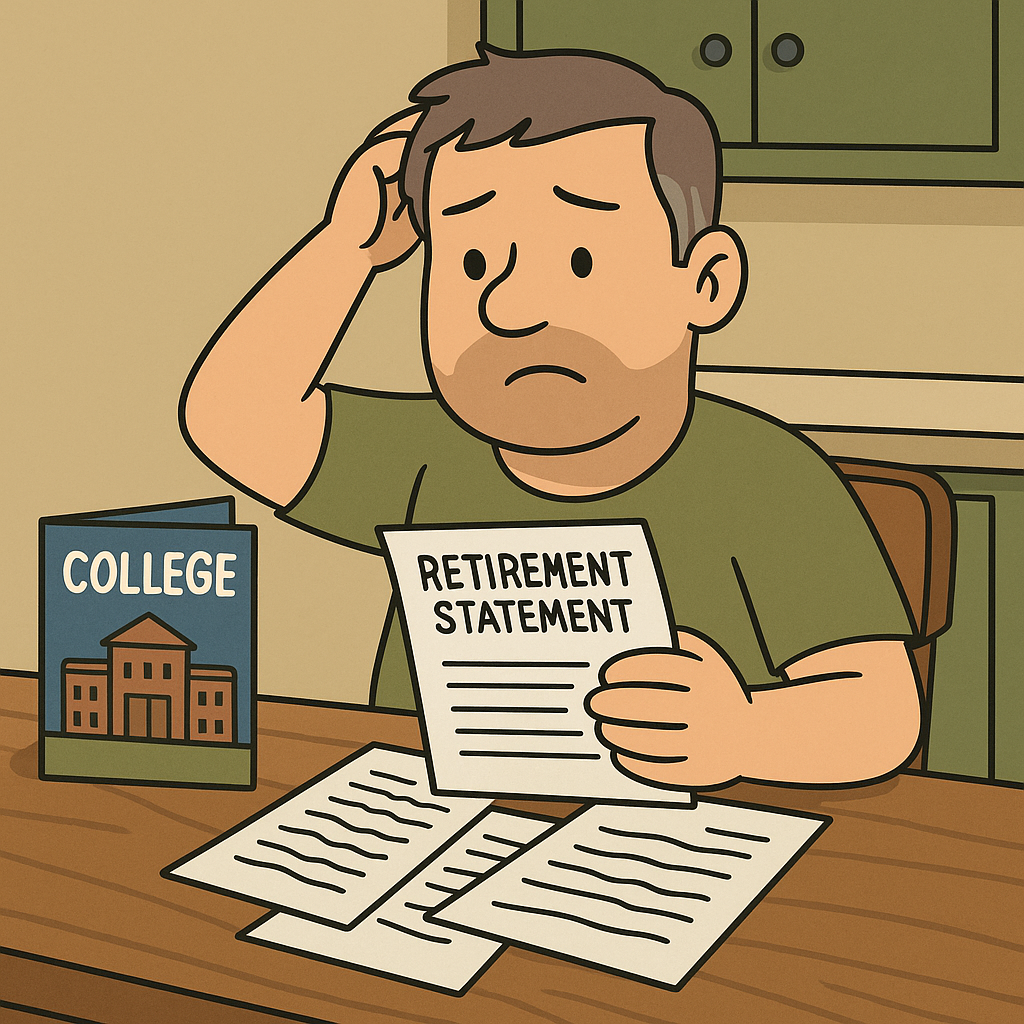Where Did the Name “Roth” Come From?
“Roth” isn’t just a random financial term — it’s named after Senator William Roth of Delaware, who helped create the Roth IRA in 1997. The idea was simple: give average Americans a way to save for retirement with after-tax money that could grow tax-free forever.
So when you see “Roth” attached to an IRA, 401(k), or 403(b), just know it’s a nod to a politician who left us a rare financial gift instead of a headache.
What Makes a Roth Different?
Traditional retirement accounts (401k, IRA, 403b) = you put money in before taxes, it grows tax-deferred, and then you pay taxes later when you withdraw.
Roth accounts = you put money in after taxes (today’s dollars), it grows, and then you withdraw it in retirement completely tax-free (as long as you follow the rules).
That’s the magic: no taxes on your future growth or withdrawals.
The Different Types of Roth Accounts
- Roth IRA
- Opened individually (not through work).
- Contribution limit in 2025: $7,000 ($8,000 if age 50+).
- Income limits apply (phase out starts at $230,000 for couples in 2025).
- Flexible: you can withdraw contributions anytime (not earnings).
- Roth 401(k)
- Employer-sponsored plan.
- Higher contribution limit: $23,000 in 2025 (plus $7,500 catch-up if 50+).
- No income limits (anyone at work can use it if offered).
- Often includes an employer match — but note, the match goes into the traditional side, not Roth.
- Roth 403(b)
- Similar to a Roth 401(k), but for teachers, nonprofit employees, and some government workers.
- Same contribution limits and tax rules as the Roth 401(k).
Why the Roth Is Great for the Average Joe
- Tax-free withdrawals → In retirement, not worrying about future tax hikes is a huge deal.
- Flexibility → Roth IRAs let you access your contributions if life throws you a curveball.
- No required minimum distributions (RMDs) → Unlike traditional accounts, Roth IRAs don’t force you to start withdrawing at age 73. Your money can keep growing.
- Diversification of taxes → Having some pre-tax (traditional) money and some post-tax (Roth) money gives you options later in life.
So, Should You Use a Roth?
If you can contribute, a Roth belongs in your retirement toolkit. For the average midlife saver, it’s one of the best ways to:
- Lower your tax burden in retirement.
- Protect against rising tax rates.
- Give yourself peace of mind knowing withdrawals are clean, simple, and tax-free.
Closing
When you hear “Roth,” don’t just think “finance jargon.” Think: freedom from taxes later. Senator Roth probably didn’t know he’d create such a gift for average Joes and Janes trying to retire, but he did.
👉 Next step: Check if you’re eligible for a Roth IRA or Roth 401(k) at work, and consider making it part of your midlife money strategy.



